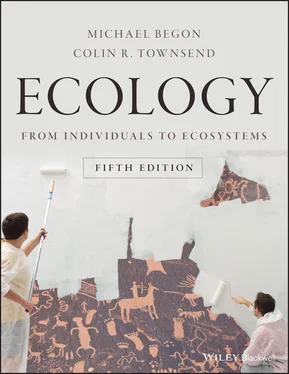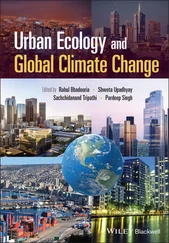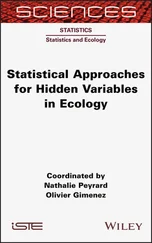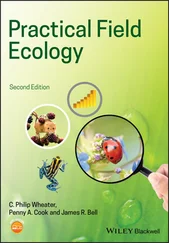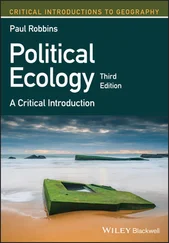A well‐known example of a semelparous animal with overlapping generations ( Figure 4.6f) is the Pacific salmon Oncorhynchus nerka . Salmon are spawned in rivers. They spend the first phase of their juvenile life in fresh water and then migrate to the sea, often travelling thousands of miles. At maturity they return to the stream in which they were hatched. Some mature and return to reproduce after only two years at sea; others mature more slowly and return after three, four or five years. At the time of reproduction the population of salmon is composed of overlapping generations of individuals. But all are semelparous: they lay their eggs and then die; their bout of reproduction is terminal.
There are even more dramatic examples of species that have a long life but reproduce just once. Many species of bamboo form dense clones of shoots that remain vegetative for many years: up to 100 years in some species. The whole population of shoots, from the same and sometimes different clones, then flowers simultaneously in a mass suicidal orgy. Even when shoots have become physically separated from each other, the parts still flower synchronously.
seed banks, ephemerals and other not‐quite‐annuals
For many annual plants, that description is itself, in an important sense, misleading, because their seeds accumulate in the soil in a buried seed bank . At any one time, therefore, seeds of a variety of ages are likely to occur together in the seed bank, and when they germinate the seedlings will also be of varying ages (age being the length of time since the seed was first produced). This is just one example of real organisms spoiling our attempts to fit them neatly into clear‐cut categories. The formation of something comparable to a seed bank is rarer amongst animals, but there are examples to be seen amongst the eggs of nematodes, mosquitoes and fairy shrimps, the gemmules of sponges and the statocysts of bryozoans.
the species composition of seed banks
As a general rule, dormant seeds, which enter and make a significant contribution to seed banks, are more common in annuals and other short‐lived plant species than they are in longer lived species, such that short‐lived species tend to predominate in buried seed banks, even when most of the established plants above them belong to much longer lived species. Certainly, the species composition of seed banks and the mature vegetation above may be very different ( Figure 4.7; see also Application 4.1).
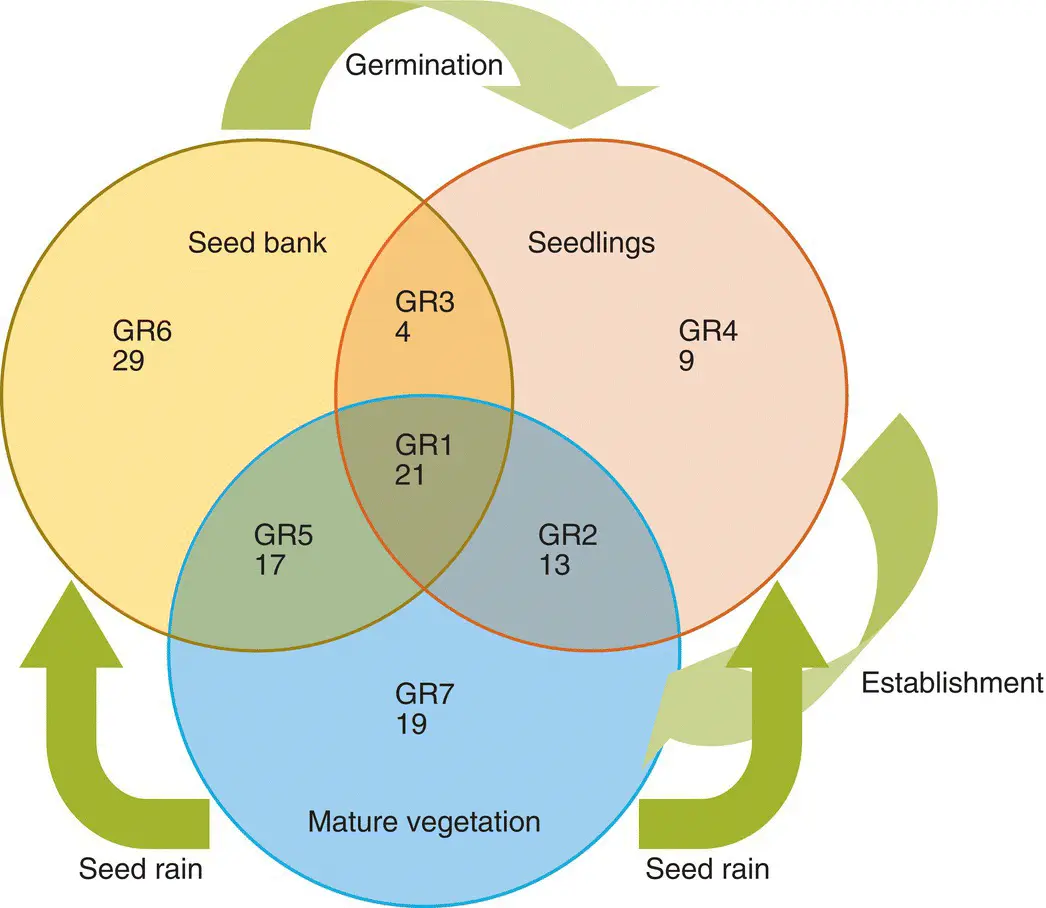
Figure 4.7 The composition of seed banks can be very different from the vegetation above them.Species recovered from the seed bank, from seedlings and from mature vegetation in a coastal grassland site on the western coast of Finland. Seven species groups (GR1–GR7) are defined on the basis of whether they were found in only one, two or all three stages (numbers of species shown below the group numbers). GR3 (seed bank and seedlings only) is an unreliable group of species that are mostly incompletely identified; in GR5 there are many species difficult to identify as seedlings that may more properly belong to GR1. Nonetheless, the marked difference in composition, especially between the seed bank and the mature vegetation, is readily apparent.
Source : After Jutila (2003).
Annual species with seed banks are not the only ones for which the term annual is, strictly speaking, inappropriate. For example, there are many annual plant species living in deserts that are far from seasonal in their appearance. They have a substantial buried seed bank, with germination occurring on rare occasions after substantial rainfall. Subsequent development is usually rapid, so that the period from germination to seed production is short. Such plants are best described as semelparous ephemerals .
A simple annual label also fails to fit species where the majority of individuals in each generation are annual, but where a small number postpone reproduction until their second summer. This applies, for example, to the terrestrial isopod Philoscia muscorum living in north‐east England (Sunderland et al ., 1976). Approximately 90% of females bred only in the first summer after they were born; the other 10% bred only in their second summer. In some other species, the difference in numbers between those that reproduce in their first or second years is so slight that the description annual–biennial is most appropriate. In short, it is clear that annual life cycles merge into more complex ones without any sharp discontinuity.
APPLICATION 4.1Seed banks and the restoration of forested wetlands
Changes to farming practices mean that there are an increasing number of cases of agricultural land being abandoned. Whenever this happens, there is an understandable hope that the natural habitat that had been destroyed to make way for farming can be restored. One example is the swampland dominated by bald cypress trees, Taxodium distichum , lying along the rivers and streams of the Gulf coastal floodplain of North America, running from south‐eastern Texas north and east to the Atlantic Ocean, and including a study site along the Cache River in southern Illinois (Middleton, 2003). Agricultural development expanded there in the 1950s, and by the late 1980s only about half of the forested swampland remained. However, the process has been halted and reversed, in part by a crash in the soybean market, and the emphasis now is on plans to restore the original swamplands, with the provision of habitat for hunting being a particular commercial driver, though there are Nature Preserve areas where hunting is not allowed.
In fact, restoration has proved difficult. The original species‐rich forests supported up to 60 or so species of trees, shrubs and vines, many of them with seeds dispersed in the seasonal floods, but the forests developing following agricultural abandonment tend to be dominated by a few species with wind‐dispersed seeds. An important question, therefore, is what potential seed banks have in promoting more natural restoration. To address this, Middleton (2003) assayed the seeds from nine sites in intact bald cypress swamps and 51 sites in the area that had been farmed for between one and 50 years. She found not only that there was no relationship for the dominant swamp species between the length of time farming had been practiced and seed abundance – but actually, the seeds of many of those species, including bald cypress itself, were absent from the seed banks altogether in both the farmed and intact sites. Instead these were composed mostly of seeds from large numbers of herbaceous species. It seems, therefore, that in this case seed banks can have little part to play in habitat restoration, and that abandonment alone, even of land that has been farmed for a relatively short time, offers little prospect of a return to natural habitat. Rather, the short‐lived seeds of the dominant woody species of bald cypress swamps are likely to return and promote successful restoration only if flood pulsing across the landscape is re‐engineered, reconnecting pristine to abandoned sites.
migration in time
We will discuss in Chapter 6how an organism gains in fitness by dispersing its progeny ‘elsewhere’, as long as the progeny are more likely to leave descendants than if they remained undispersed. Similarly, an organism gains in fitness by delaying its arrival on the scene, so long as the delay increases its chances of leaving descendants. This will often be the case when conditions in the future are likely to be better than those in the present. Thus, a delay in the recruitment of an individual to a population may be regarded as ‘migration in time’.
Читать дальше
